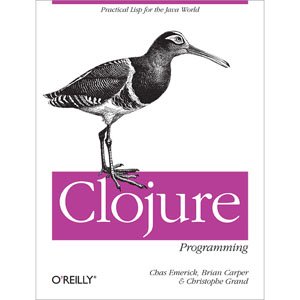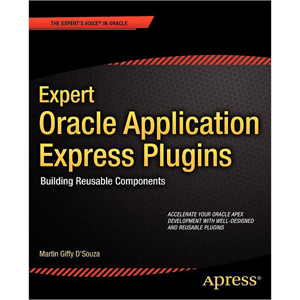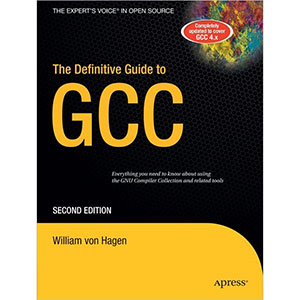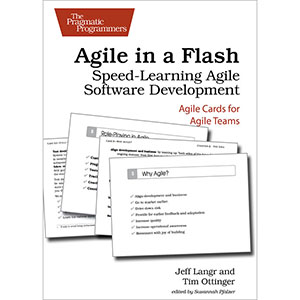Clojure Programming

Clojure is a practical, general-purpose language that offers expressivity rivaling other dynamic languages like Ruby and Python, while seamlessly taking advantage of Java libraries, services, and all of the resources of the JVM ecosystem. This book helps you learn the fundamentals of Clojure with examples relating it to the languages you know already, in the domains and topics you work with every day. See how this JVM language can help eliminate unnecessary complexity from your programming practice and open up new options for solving the most challenging problems.
Clojure Programming demonstrates the language’s flexibility by showing how it can be used for common tasks like web programming and working with databases, up through more demanding applications that require safe, effective concurrency and parallelism, data analysis, and more. This in-depth look helps tie together the full Clojure development experience, from how to organize your project and an introduction to Clojure build tooling, to a tutorial on how to make the most of Clojure’s REPL during development, and how to deploy your finished application in a cloud environment.
- Learn how to use Clojure while leveraging your investment in the Java platform
- Understand the advantages of Clojure as an efficient Lisp for the JVM
- See how Clojure is used today in several practical domains
- Discover how Clojure eliminates the need for many verbose and complicated design patterns
- Deploy large or small web applications to the cloud with Clojure
Table of Contents
Chapter 1. Down the Rabbit Hole
Part I: Functional Programming and Concurrency
Chapter 2. Functional Programming
Chapter 3. Collections and Data Structures
Chapter 4. Concurrency and Parallelism
Part II: Building Abstractions
Chapter 5. Macros
Chapter 6. Datatypes and Protocols
Chapter 7. Multimethods
Part III: Tools, Platform, and Projects
Chapter 8. Organizing and Building Clojure Projects
Chapter 9. Java and JVM Interoperability
Chapter 10. REPL-Oriented Programming
Part IV: Practicums
Chapter 11. Numerics and Mathematics
Chapter 12. Design Patterns
Chapter 13. Testing
Chapter 14. Using Relational Databases
Chapter 15. Using Nonrelational Databases
Chapter 16. Clojure and the Web
Chapter 17. Deploying Clojure Web Applications
Part V: Miscellanea
Chapter 18. Choosing Clojure Type Definition Forms Wisely
Chapter 19. Introducing Clojure into Your Workplace
Chapter 20. What’s Next?
Book Details
- Paperback: 632 pages
- Publisher: O’Reilly Media (March 2012)
- Language: English
- ISBN-10: 1449394701
- ISBN-13: 978-1449394707














